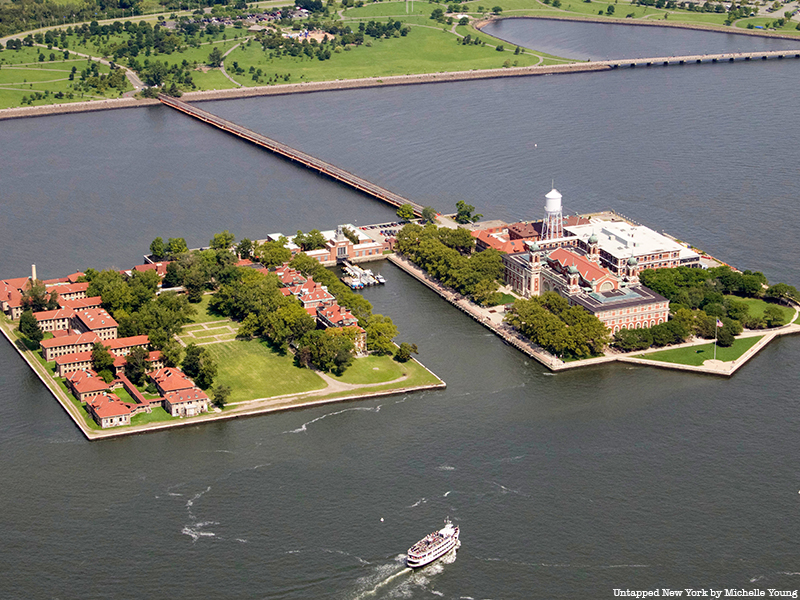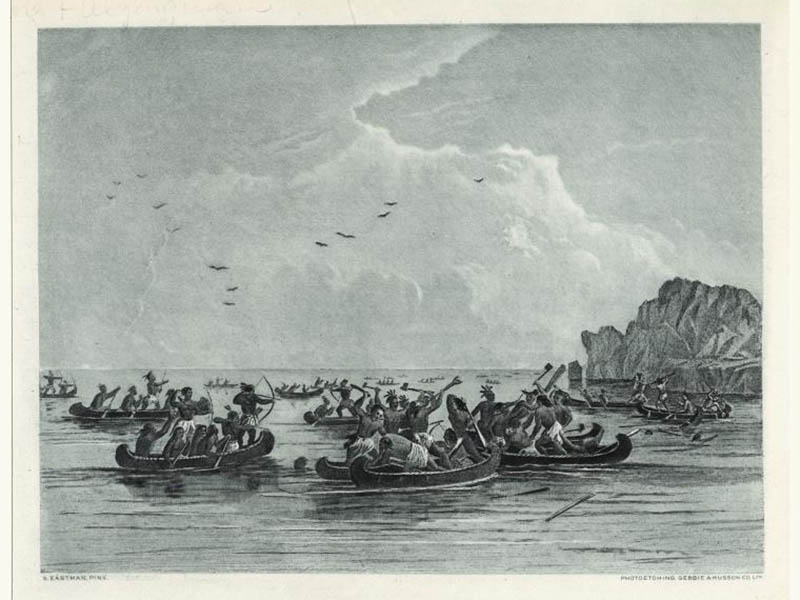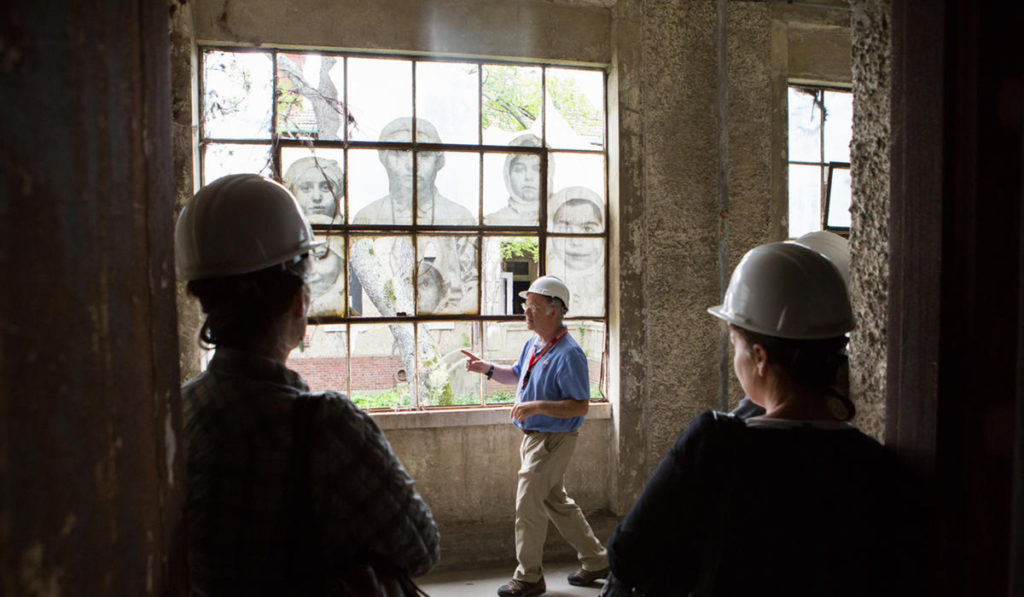
For more than 60 years, from 1892 to 1954, the immigration station at Ellis Island processed millions of immigrants who traveled from all over the world to start a new life in America. Before immigration services were conducted on the island, the land played a significant role in the history of New York City, and when immigration stopped, the structures built on the island took on new roles. From acting as the base of a tavern to serving as a coast guard training station, Ellis Island has served many purposes through the centuries. Read on to find out more!
1. An Oyster Bed Hot Spot

Before the European colonists came to America, Algonquin-speaking Native American tribes used Ellis Island as a home base to harvest food. The island contained large oyster beds and was also a spot where Native Americans could fish for clams and crabs and hunt for small animals. During restoration work on Ellis Island in 1985, archeologists found discarded shells, pottery fragments, and arrowheads, that gave an idea of how the Native Americans settled on and near the island. Fossilized plants, fish, duck, deer, and turtle bones painted a picture of the diet of the island’s original residents. When the Dutch colonists arrived and took over the island, they named it Little Oyster Island.






